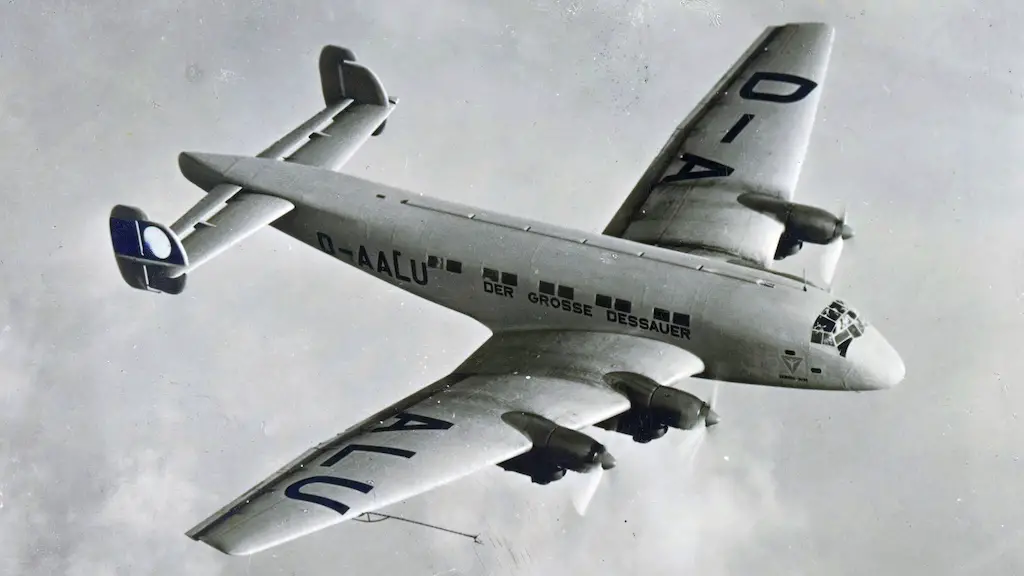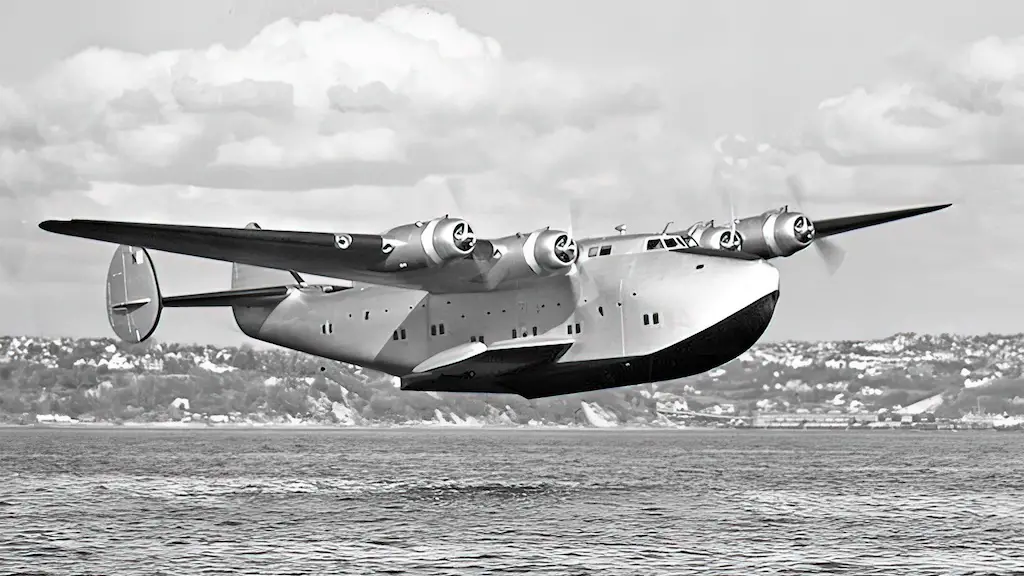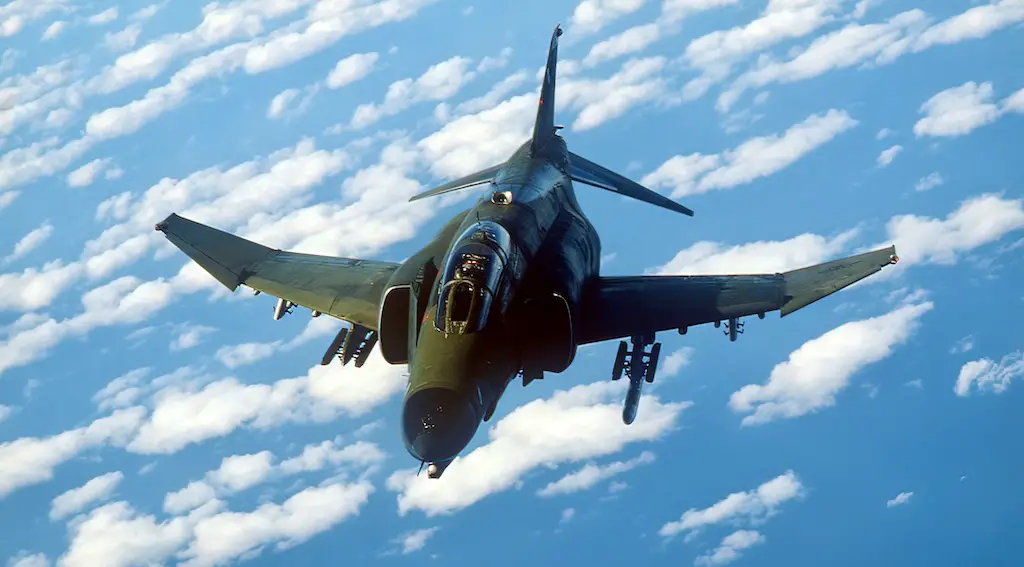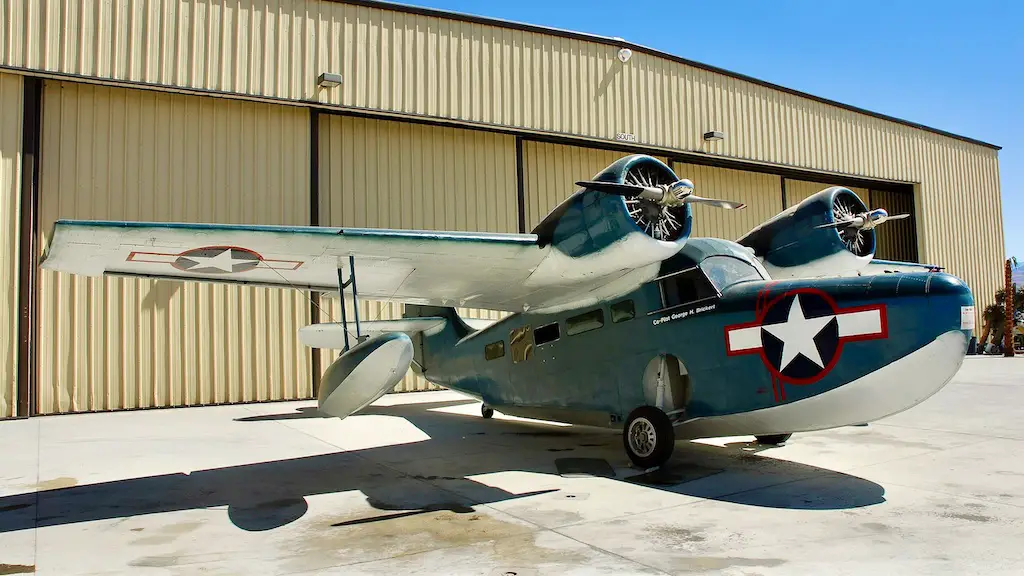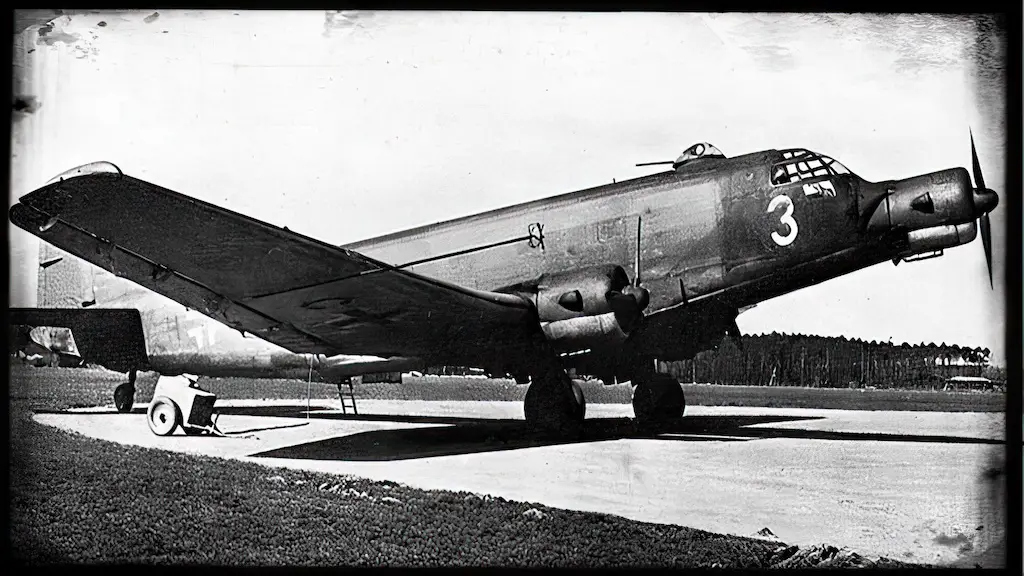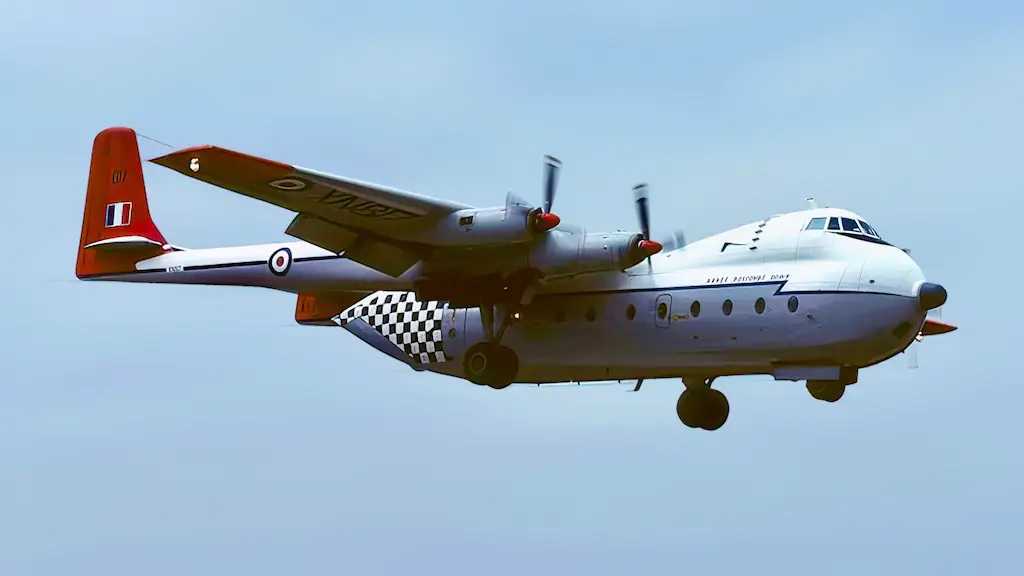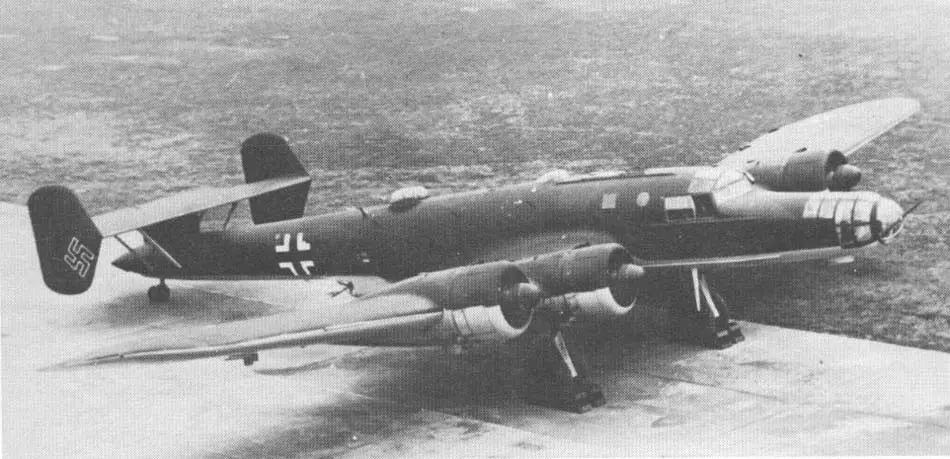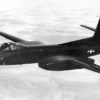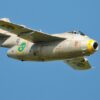The Blohm & Voss Ha 142 was an aircraft shrouded in history, ambition, and diverse roles. Its journey during the war era was marked by numerous endeavors as the Germans tried to extract its maximum potential. The period leading up to and during World War II witnessed a flurry of aircraft development driven by the demands of military superiority. In this environment, Blohm & Voss, a name synonymous with innovation in shipbuilding, ventured into aviation with the Ha 142.
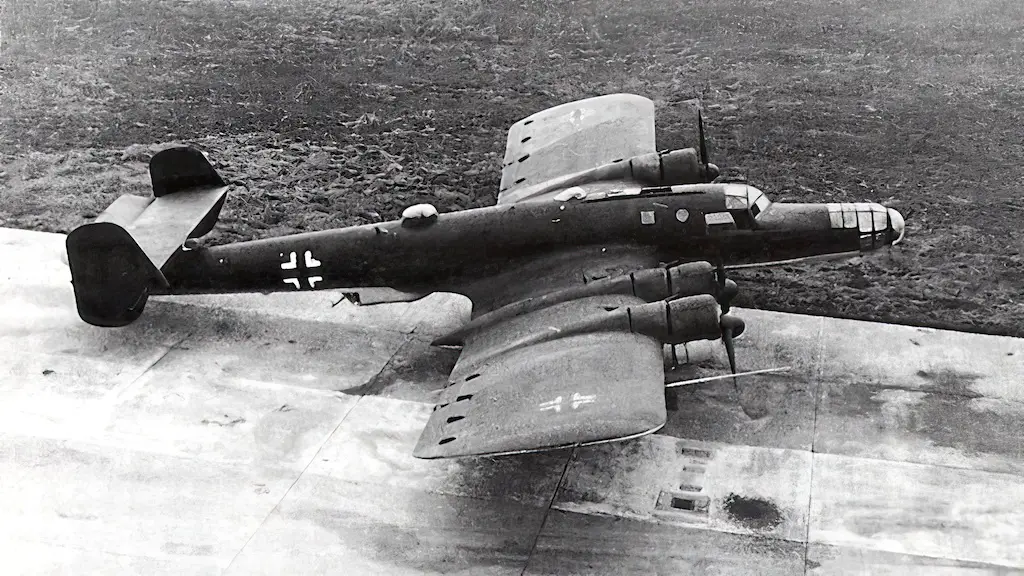
The Birth and Development of the Ha 142
During the 1930s, the call for a more versatile and longer-ranged aircraft was loud and clear. The German aviation industry was bustling with innovative ideas, and among them, the Blohm & Voss Ha 142 stood tall. Conceived by the brilliant minds of the company’s design team, the Ha 142 was an attempt to bridge the gap between range, speed, and utility.
In its early stages, the design of the Blohm & Voss Ha 142 was driven by a need for endurance and adaptability. As the war’s needs changed and evolved, so did the aircraft, undergoing extensive re-engineering to fit roles such as transportation and reconnaissance. The ability to serve various purposes made it versatile, but this asset was also a significant challenge. The ever-shifting demands of war required ongoing updates and modifications, transforming what was initially seen as flexibility into a demanding and constant pursuit of adaptation.
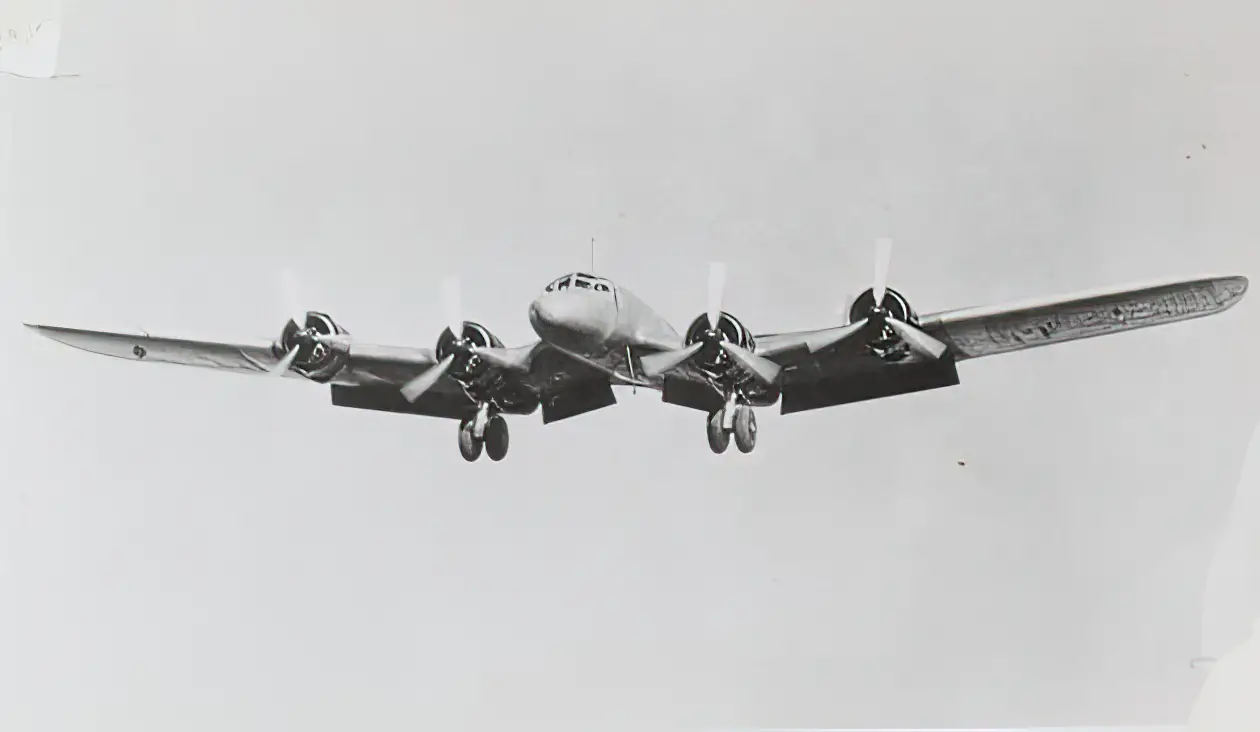
Engines
The engine is where the Ha 142 found its true identity. Equipped with four powerful BMW 132 engines, the aircraft’s machinery was truly state-of-the-art for its time. With a combined horsepower output of around 3,200, these engines offered a perfect blend of speed and efficiency.
Maintaining these engines, however, was no small feat. The mechanics toiled day and night, fine-tuning the engines to adapt to different missions. These efforts were not in vain, as the engines gave the aircraft an unchallenged performance over vast distances, making it a valuable asset in various theatres of war.
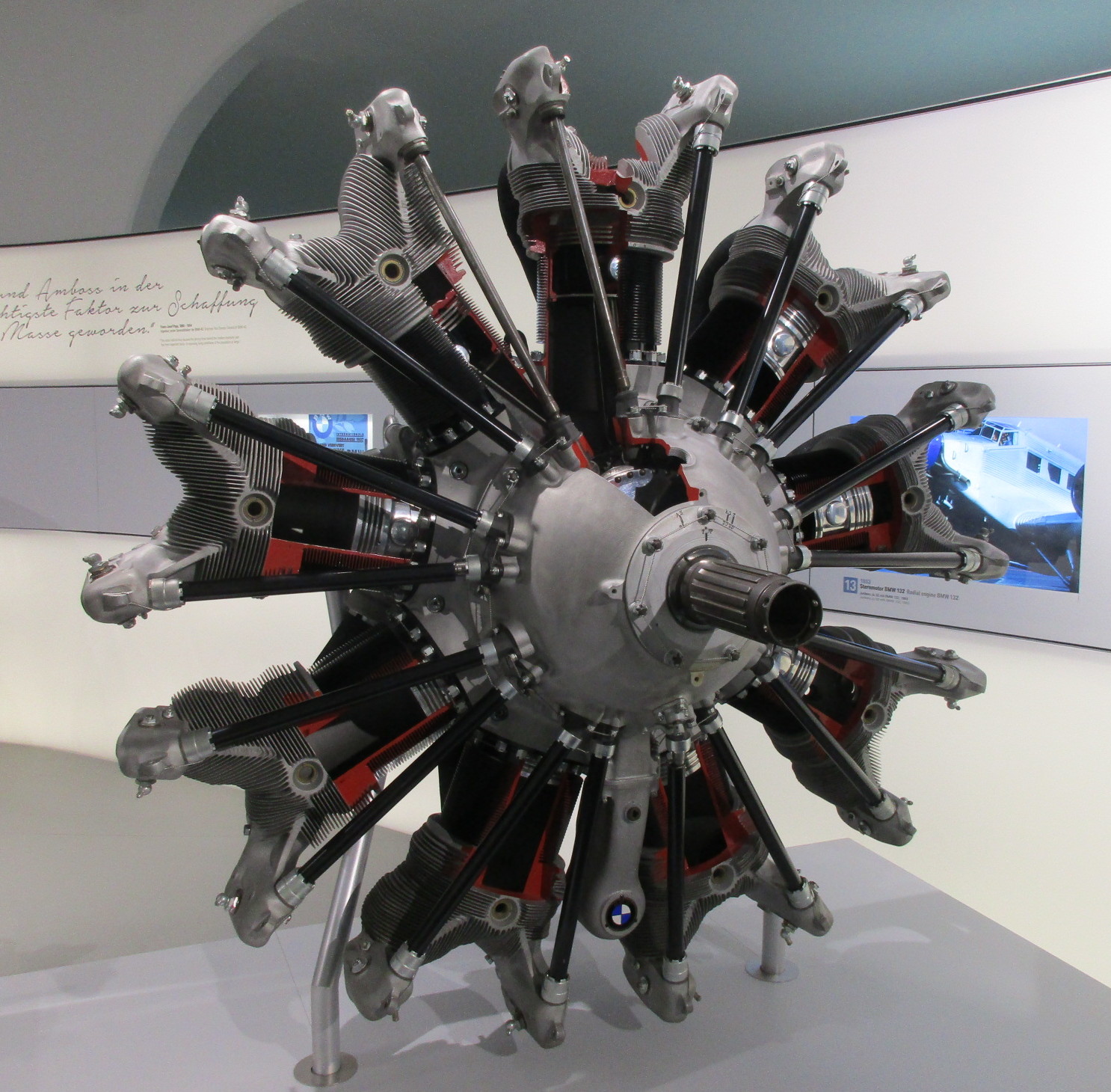
A Look Into Capability
Performance-wise it was an aircraft with substantial offerings. Its top speed of around 270 mph and a range exceeding 2,500 miles made it a remarkable presence in the sky. It could carry substantial payloads and still maintain agility, which was a rarity in that era.
The aircraft’s versatility in roles further augmented its performance. Whether it was cargo transport, long-range reconnaissance, or even strategic bombing, the Ha 142 proved its mettle time and again. Its adaptability to various missions highlighted the craftsmanship that went into its design and development.
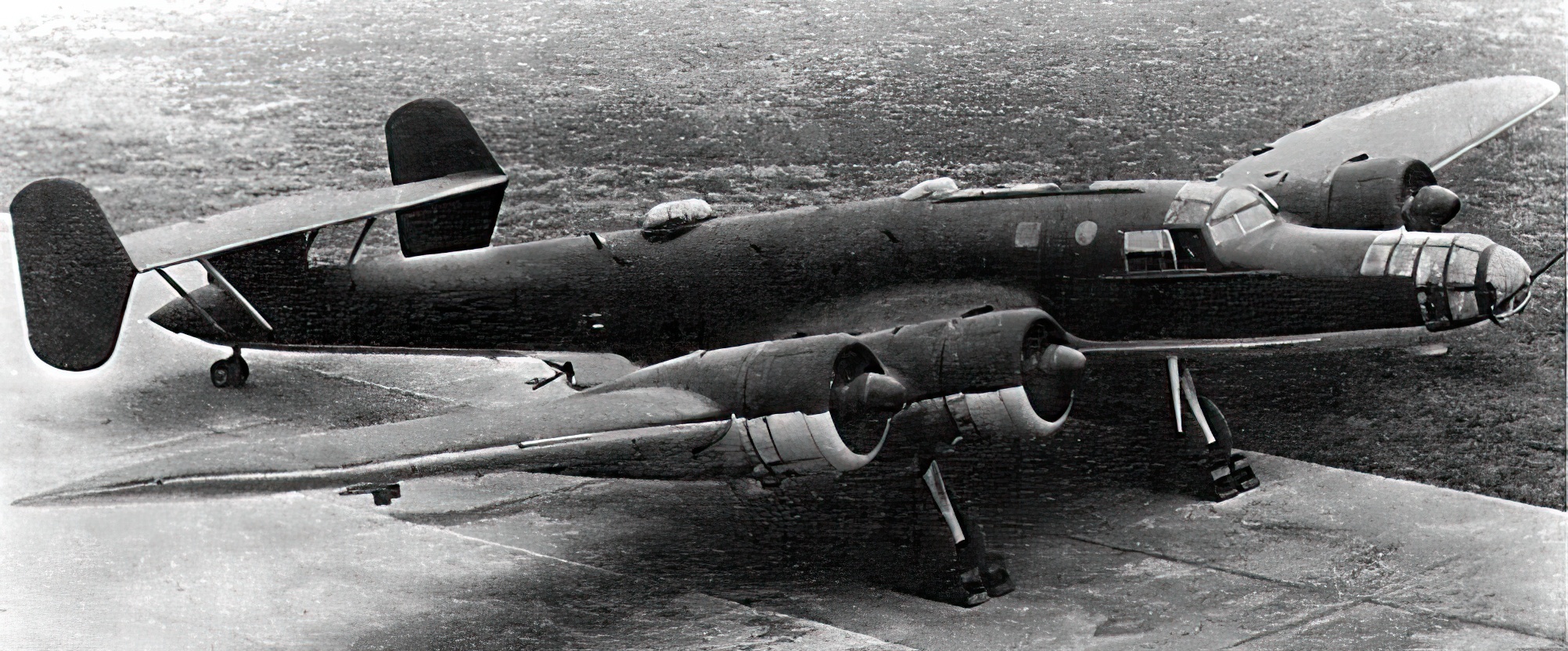
Limited Production
The Blohm & Voss Ha 142’s limited production run of only four prototypes is a mystery that draws attention and prompts reflection. With such an innovative and versatile design, why did more units never see the light of day? The answer is hidden in a complex set of factors.
The multifaceted design that allowed the Ha 142 to adapt to various roles was a double-edged sword. While it provided versatility, the constant modifications made it an expensive and complex aircraft to produce. In an era where cost-effectiveness was paramount, this intricate design posed a significant challenge to mass production.
As World War II progressed, the changing demands of the battlefield played a role in curbing the production of the Ha 142. The German military’s focus moved towards other specialized aircraft, and the Ha 142’s broad approach fell out of favor. The very versatility that once was its strength became an impediment in the rapidly changing environment of warfare.
Operational challenges also contributed to the decision to limit production. While the Ha 142’s performance was commendable, its need for continuous updates and fine-tuning made it an arduous task to maintain. Keeping the aircraft in top condition demanded substantial resources, a burden that made the Ha 142 less attractive for widespread production.
Furthermore, political and economic considerations were instrumental in shaping the aircraft’s fate. The military’s decision-making during its development was significantly swayed by strategic needs and financial limitations, factors that ultimately played a part in limiting the production of the Ha 142.
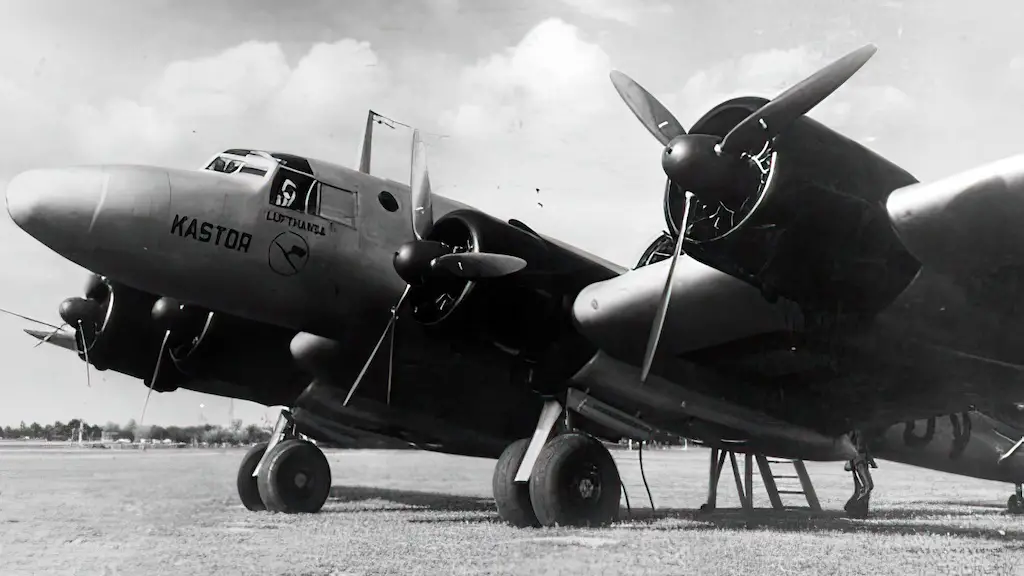
A Story of Adaptation
The story wouldn’t be complete without acknowledging the numerous roles it undertook until its retirement in 1942. Originally designed as a long-range aircraft, it was quickly adapted for different purposes, such as cargo transport, VIP transportation, and even maritime patrols.
Despite these adaptations, the Ha 142’s journey was fraught with challenges. The relentless modifications, although beneficial, took a toll on its structural integrity. The aircraft became increasingly difficult to maintain, and eventually, its operational life came to a halt. The retirement in 1942 marked an end to an era of innovation and versatility that this aircraft symbolized.

